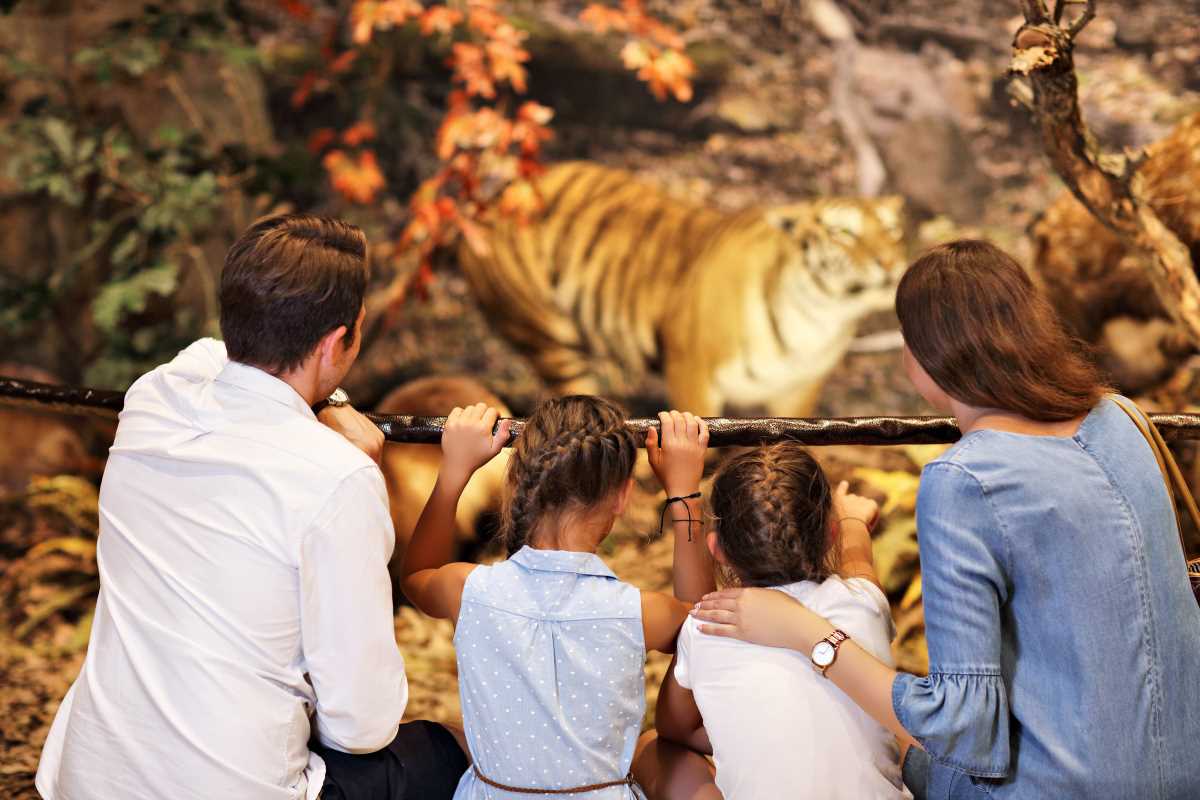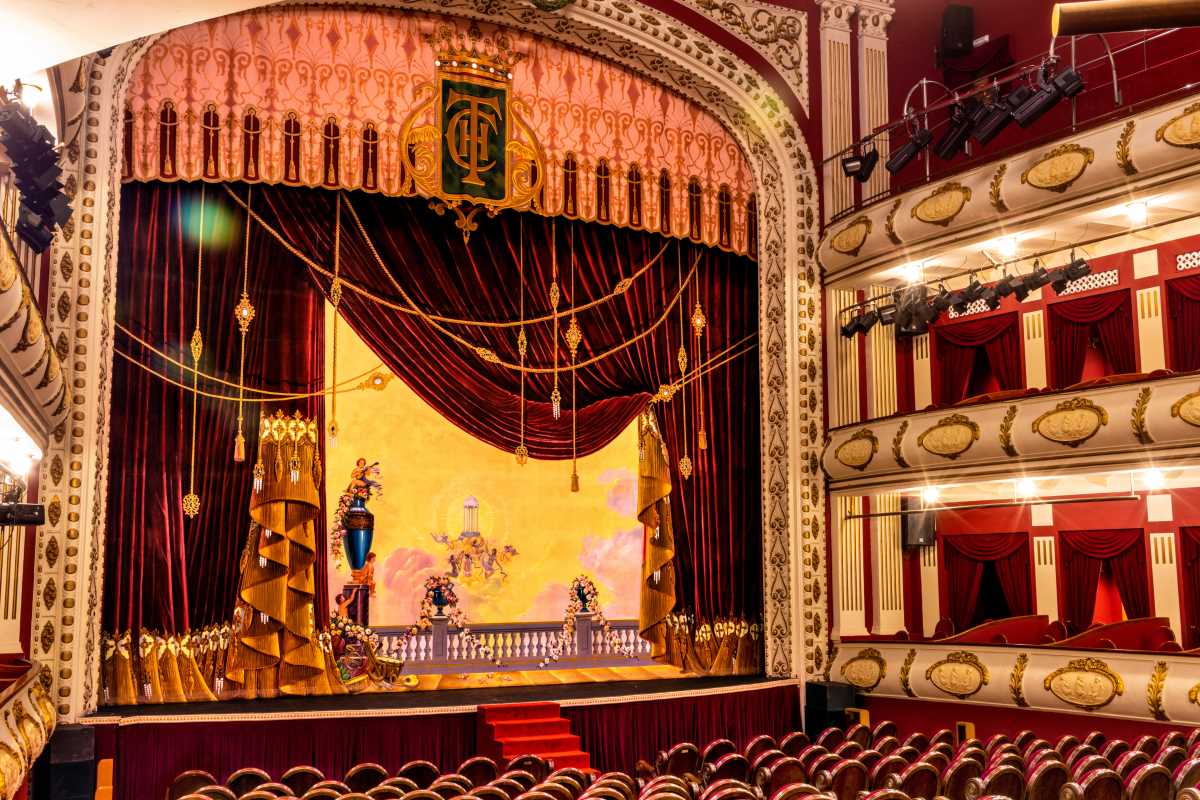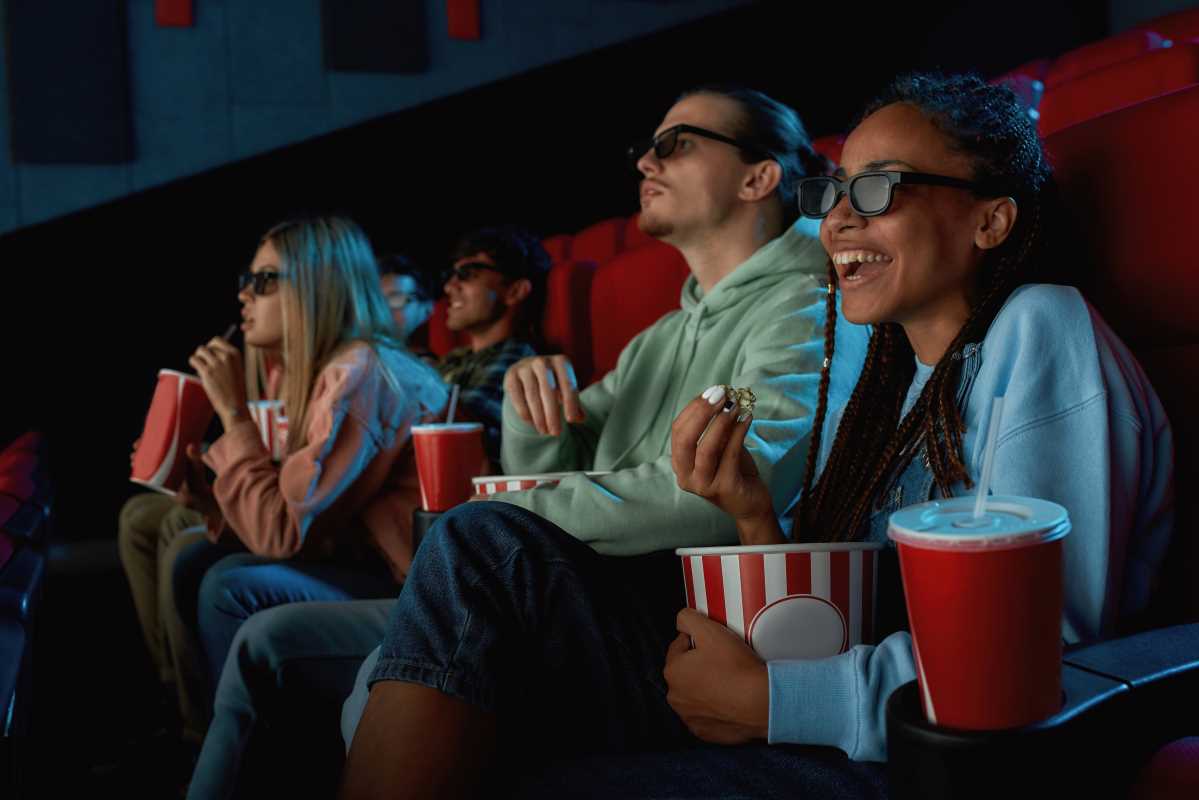Imagine stepping into a packed arena to see your favorite band or catching the buzz of a Hollywood premiere, all from the comfort of your home. This evolution in entertainment is made possible by immersive digital experiences that utilize advanced headsets and interactive environments. Attending is no longer limited to a simple live video feed; instead, you can join a digitally rendered space, engage with performers, and connect with other viewers. The format blends the excitement of being in the crowd with the ease of remote access. Audiences everywhere gain new opportunities to participate and feel a genuine sense of being present, even at exclusive or distant events.
What Exactly Are Immersive Virtual Events?
Defining these experiences helps clarify how they differ from traditional online content. Instead of watching passively on a device, participants use interactive technology to become part of a three-dimensional setting crafted by digital artists and engineers. Everyone appears as an avatar (an animated version of themselves) with freedom to explore and engage.
Three main elements shape these events:
- Presence: The hardware and software work together to create a convincing environment that responds to your actions, deepening the feeling of actually being there.
- Engagement: Attendees aren’t simply spectating; they visit virtual concession stands, meet other fans, purchase limited-edition items, or take part in themed mini-games tied to the main event.
- Social Connection: Interacting with other avatars builds an atmosphere much like a real audience. You can talk, react, and share the moment, making the event feel less solitary.
The result isn’t just another stream to watch. It’s a participatory experience, giving you the chance to feel truly included.
How Digital Platforms Are Shaping Performances
Music leads the way in this emerging landscape. Performers and organizers now design shows that reach audiences without geographic or logistical restrictions.
No More Distance Limits
Fans living far from major cities often miss out on headline events. With immersive platforms, location is irrelevant. Anyone with compatible hardware and internet service can reserve a spot near the virtual stage. Companies such as Wave and AmazeVR have enabled global audiences to enjoy shows in real time, eliminating the need for expensive travel or tickets.
Artistic Opportunities
The creative options are nearly limitless in a digitally constructed world. Stages float in space, sets transform instantly, and effects can defy nature itself. These features allow musicians to reinvent their performances every night, using digital imagery and soundscapes to establish unique atmospheres. The boundaries of what a concert can look and feel like continue to expand.
Stronger Audience Bonds
This setting also offers direct connections between artists and viewers. Stars might fly through the crowd, spotlight individual attendees, or invite fans onto the virtual stage for shared moments. After-parties, special rooms for small groups, and one-on-one meetups become easier to organize digitally. These interactive touches help foster a sense of community and lasting memories.
Film Premieres and Red Carpets Reimagined
Filmmakers and studios have begun using immersive event technology for launches, previews, and publicity campaigns.
Opening Nights for All
Traditionally, movie premieres are closed affairs, available only to invited guests and insiders. The new model lets fans appear as avatars, stroll digital red carpets, and watch interviews with casts and crews. Some platforms even allow attendees to snap photos with their favorite stars’ avatars or explore virtual props and displays from the film. This approach makes the event more inclusive and welcoming.
Creative Screening Spaces
Digital theaters go beyond simply playing a movie. Audiences might find themselves watching inside a castle for a fantasy epic, or aboard a spaceship for a science fiction thriller. Special features—such as real-time Q&A sessions with filmmakers or interactive mysteries based on plot details—extend the experience. These elements bring fans deeper into the world of the production.
The Technology That Powers Everything
Several crucial systems make these events work seamlessly for everyone involved.
- Headsets: Devices like Meta Quest, HTC Vive, and PlayStation VR offer the equipment needed to experience digital environments and interact with others.
- Software Engines: Game engines such as Unreal and Unity manage graphics, sound, and physics so the experiences remain compelling and fluid.
- Three-Dimensional Capture: By recording performers from multiple camera angles, studios produce realistic digital representations for integration into digital worlds.
- Network Infrastructure: Supporting large crowds demands efficient and reliable data handling. These systems keep everyone connected, making sure that movement and voices remain synchronized and lag-free.
Where Is This All Headed?
This field continues to grow quickly, and the possibilities keep expanding. As gear becomes more user-friendly and affordable, interest is expected to increase. Features like haptic response (the simulation of touch and feel) will soon add even more realism to virtual settings.
Instead of replacing traditional events entirely, these experiences serve as an alternative and a complement. Access becomes easier, creative boundaries are pushed, and inclusion is dramatically improved for anyone unable to travel or obtain tickets. For creators, new storytelling tools and direct outreach make every project more dynamic. The line separating physical and digital gathering places is blurring, giving us a new way to appreciate and enjoy the people and art that inspire us.
 (Image via
(Image via





